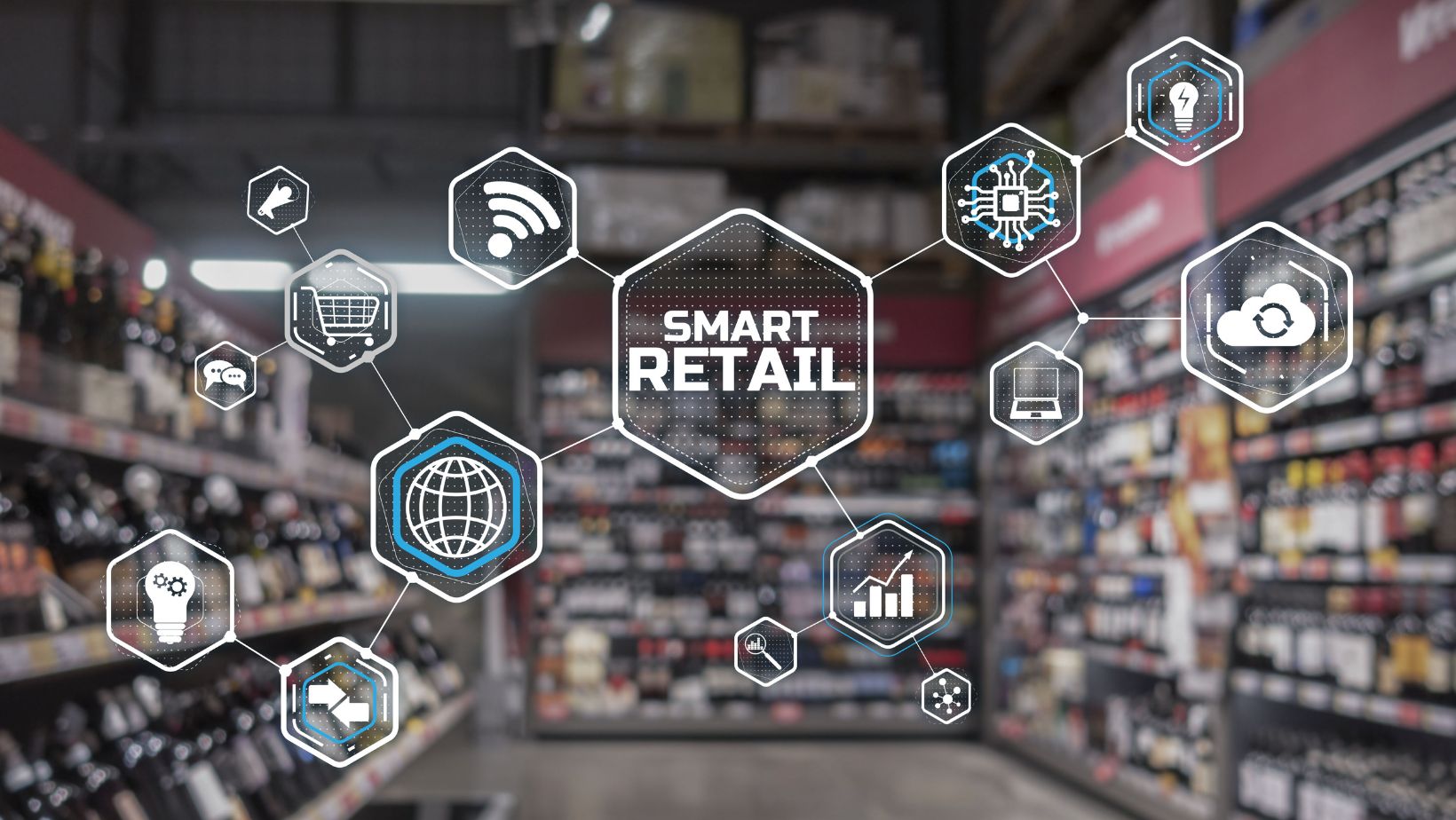Staying Ahead in Retail Tech: Marketing Strategies to Outshine Competitors

The retail industry is evolving at an unprecedented pace. Technological advances are reshaping how businesses connect with customers, create value, and stay competitive. For any retail business, staying ahead requires more than adopting the latest tech; it demands a keen understanding of modern marketing strategies, such as Reddit marketing, that resonate with today’s consumers. This guide will explore key tactics to help retail brands maintain an edge in a crowded market and ensure lasting relevance.
Understanding the Customer: Data-Driven Insights and Personalization
Success in retail starts with knowing your customers deeply. Data-driven insights give businesses the power to understand shopping behaviors, preferences, and trends precisely. This knowledge enables personalized marketing—an approach that has become a standard expectation among consumers.
Using customer relationship management (CRM) systems and AI-powered analytics, brands can gather real-time data that offers a nuanced view of each shopper’s journey. For instance, a CRM system can identify buying patterns and peak shopping times, while AI can segment customers based on past interactions. This allows retailers to tailor marketing efforts to each unique audience segment, creating meaningful, one-on-one interactions that increase brand loyalty and retention.
Embracing Omni-Channel Marketing
Omni-channel marketing ensures a seamless experience across digital and physical touchpoints, creating a unified brand presence. Unlike multi-channel approaches, where platforms are often managed independently, omni-channel marketing interconnects each channel, from online stores to in-person locations.
Successful omnichannel strategies allow customers to browse online, purchase in-store, or switch between devices without losing progress. This level of fluidity caters to the modern consumer, who values flexibility and convenience. To stay competitive, brands should prioritize cohesive, cross-platform interactions that prioritize customer convenience.
Leveraging Content Marketing and Social Media
Content marketing is about offering valuable, engaging information that keeps customers returning. Retail brands can build an informative and authentic relationship with their audience through blogs, videos, and social media posts. Social media, in particular, plays a critical role in promoting this content while creating an interactive space for engagement.

Platforms like Instagram, Facebook, and TikTok offer potent ways to connect with customers. Influencer partnerships can extend a brand’s reach, while user-generated content—like customer photos or reviews—builds trust. Whether through live streams or short-form videos, video marketing effectively showcases products and humanizes the brand. By integrating content with social media, brands can maintain a robust digital presence that boosts awareness and drives conversion.
Public Relations (PR): Building Credibility and Trust
Public relations (PR) can be a cornerstone in establishing a retail brand’s credibility. A well-crafted PR strategy fosters trust, creates a positive public image, and establishes the brand as an industry authority.
Working with a retail tech PR agency can amplify these efforts by tailoring campaigns specifically for the tech-savvy retail landscape. Brands can focus on storytelling—sharing newsworthy content about their brand mission, product innovations, or customer success stories—to highlight their industry leadership.
Collaborating with media outlets, issuing press releases, and engaging in community initiatives can all help reinforce a brand’s image. Additionally, awards, speaking engagements, and thought leadership content can showcase expertise, boosting brand reputation. Finally, proactive PR efforts, like having a crisis management plan, can protect the brand’s image and help it quickly recover if challenges arise.
Influencer and Partnership Marketing in Retail
Influencer marketing remains a powerful tool, especially when targeted correctly. By collaborating with influencers who align with a brand’s values, retailers can gain exposure to engaged, relevant audiences.

Micro-influencers and local partnerships, for example, can help retailers reach niche markets that might not be accessible through broader marketing tactics. Partnerships with brands that share a similar target audience but offer non-competing products can also drive mutual benefit. The goal is to select influencers and partners whose audiences resonate with the brand’s vision, fostering trust and expanding reach meaningfully.
Investing in AI and Automation for Marketing Efficiency
Artificial intelligence (AI) and automation can streamline many aspects of retail marketing, improving efficiency while enhancing the customer experience. AI-driven tools allow for precision-targeted ads, chatbots for customer service, and personalized email campaigns that save time and resources.
For example, chatbots offer 24/7 customer support, enhancing customer convenience and satisfaction while freeing up time for the marketing team. Automation tools can manage email campaigns, social scheduling, and inventory management. Retail brands like Amazon use AI extensively, providing product recommendations based on browsing history, which leads to higher conversion rates. AI and automation improve operational efficiency and empower brands to offer a customized, responsive experience.
Creating a Strong Mobile Presence
With mobile shopping now a mainstay, a strong presence is no longer optional. Websites, apps, and mobile payment systems must be optimized for ease of use, allowing customers to shop effortlessly from their devices.
Features like mobile-exclusive offers, loyalty programs, and in-app chat options provide added value for mobile users. Additionally, location-based marketing—such as sending targeted notifications to customers near a physical store—can drive traffic and boost sales. To keep pace with competitors, brands must prioritize mobile-friendly experiences that cater to customers’ on-the-go lifestyles.
Measuring and Optimizing Your Marketing Efforts
Tracking and analyzing performance metrics is essential for any effective marketing strategy. Key indicators such as engagement rates, conversion metrics, and customer retention provide insight into what’s working and what’s not.
Analytics tools like Google Analytics, customer feedback platforms, and A/B testing can help brands make data-driven improvements. Regularly reviewing campaign data and adapting based on insights ensures marketing efforts remain aligned with business goals and consumer expectations. A commitment to continuous improvement is key in a competitive retail environment, enabling brands to stay agile and responsive to changing trends.
Conclusion: Staying Agile and Future-Focused in Retail Tech Marketing
In the ever-evolving retail tech world, staying ahead means being proactive and adaptable. From leveraging data-driven insights to optimizing customer interactions across channels, these marketing strategies enable brands to thrive amidst competition. The emphasis is clear: to succeed, retail brands must deliver a consistent, personalized experience while keeping pace with the latest innovations.
As new technologies emerge, the most resilient brands will remain focused on customer needs, use data to guide decisions and embrace change with a forward-looking approach.
-
Personal Finance12 months ago
How Do I Find My UCAS ID Number?
-
Success6 years ago
Consistency: The Key Ingredient to Success
-
Personal Finance12 months ago
What Does Conditionally Approved Mean For An Apartment?
-
Motivation3 years ago
How To Become a More Organized Person?
-
Others5 years ago
Work Health and Safety: 8 Reasons to Maintain a Clutter-free Office
-
Entrepreneurs4 years ago
Why Diversity is Key in Business Marketing
-
HK Pools12 months ago
The HK Pools Forum Comunity Jos Markotop 2D Warna Kuning – A Great Way to Stay Connected
-
Sport2 years ago
What Makes Soccer Betting So Great?



























